The complete range of over 100 individual species and beautiful collections. Choose from the widest range of quality wildflower plants in the UK. These easy to grow plug plants are carefully grown from UK native wildflower seeds making it easy for you to create your very own wildflower habitat.

Hairs on stems and on both sides of the leaves distinguish this species from others. This perennial plant blossoms with pale yellow flowers that are quite large and like sunny well-drained soils to grow.

Also known as the Scottish bluebell wildflower plant, found throughout Britain except in the South West. A perennial wildflower plant is often found in dry grassy areas or on poor soils. Delicate pale blue nodding bell-shaped wildflowers are held on slender stems from July to September.
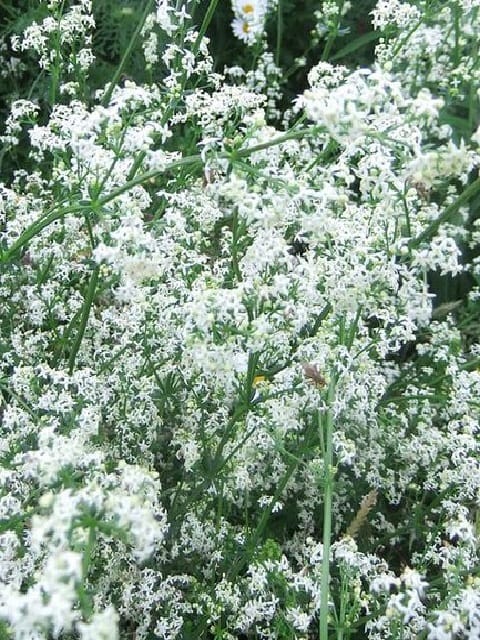
A scrambling wildflower plant is found in hedgerows and woodland but can also be found in open grassland. Tall white spikes of tiny star-like wildflowers attract butterflies and moths. It is a perennial and the larval food plant for a number of moth species.
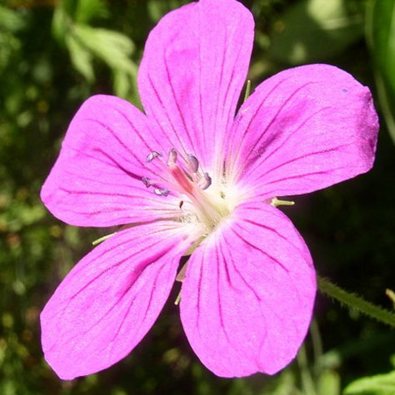
A showy and versatile perennial wildflower with attractive mauve, pink flowers and evergreen leaves. This plant is a great addition to any wildflower meadow as flowers from May right through the summer to provide colour.
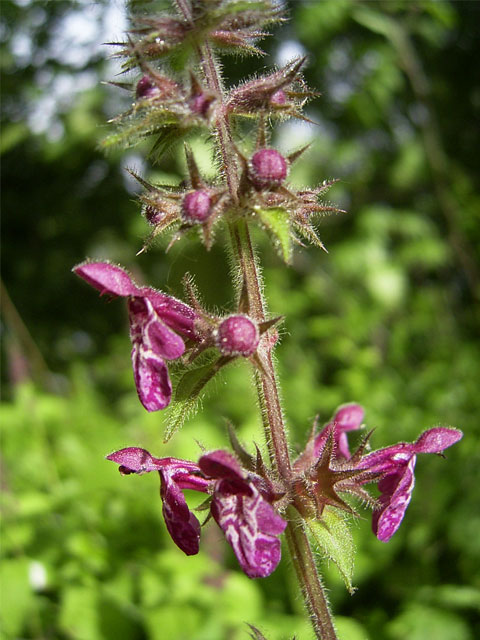
Common throughout the British Isles except for the Scottish Highlands, this hairy spreading perennial wildflower plant can be found in hedges, woodlands and shaded gardens. The dark red flowers can be seen from July to August.
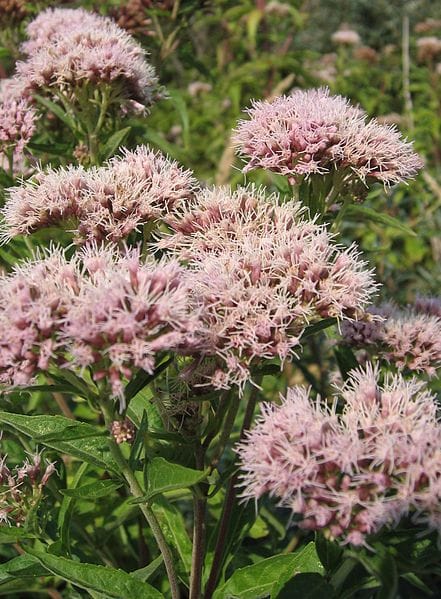
A tall stately perennial plant with masses of white-pink flowers, an excellent butterfly plant attracting large numbers in late summer. Once cut a distinctly sweet aroma can be detected.

A grass-like perennial plant with a small scented spike with pink/purplish flowers. Good and reliable in a meadow perfect for attracting pollinators.
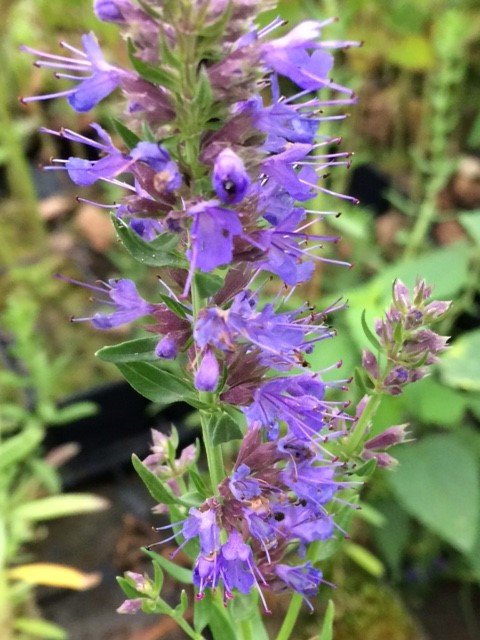
An aromatic, shrub-like plant with small blue flowers, very easy to grow and pleasing to the eye as well as alluring pollinators. Dried Hyssop has been used as a minty addition to herbal teas, soups and stews.

Commonly found along footpaths or in rock and wall crevices. Ivy Leaved Toadflax has small, mini snap dragon-like, solitary flowers which are bluey-purple in colour with a yellow central 'honey guide' on the lower lip.
This item is currently unavailable

Jacob's Ladder is an upright plant and gets its name from its ladder-like leaves, it has a bell, funnel-shaped flower that is lavender-blue in colour and forms at the top of its tall, slinky stem.
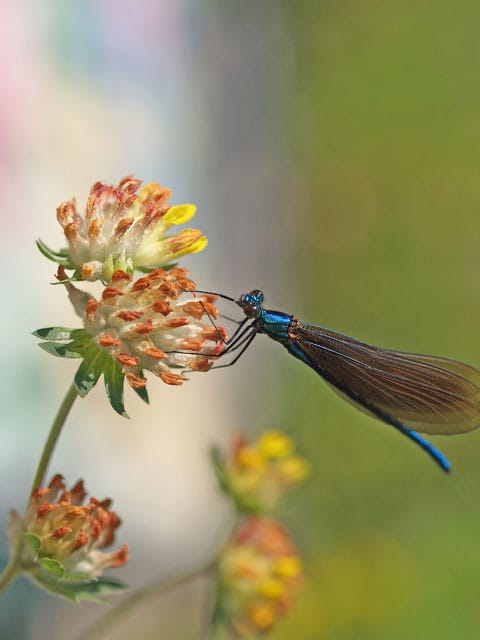
A scrambling biennial wildflower is found in dry grassland often by the sea. The unusual yellow woolly flowers attract a multitude of butterflies and bees and it is the larval food plant for the Small Blue Butterfly.
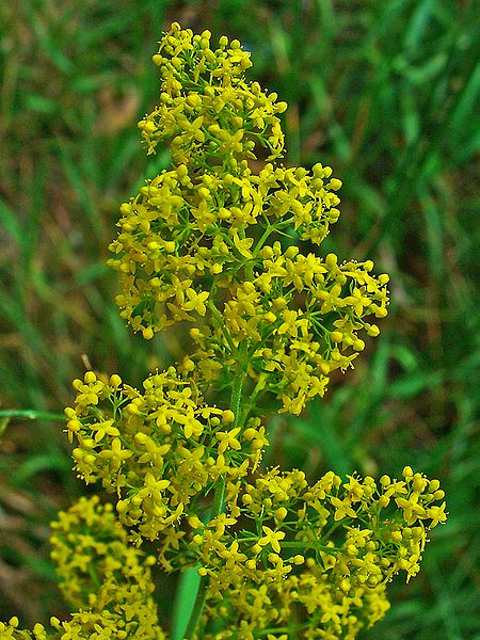
Lady's bedstraw is a perennial plant used in Victorian times to scent bedding. Delicately whorled leaves and bright golden. The beautiful sweet scent in high summer.
This item is currently unavailable
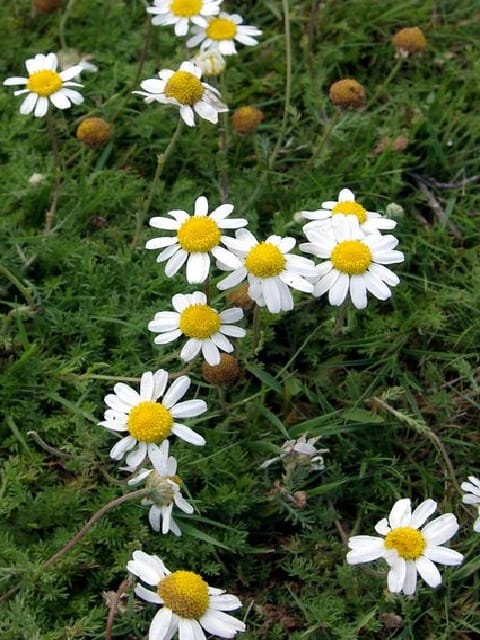
Perennial, stays in leaf all year. White petals with a yellow centre.
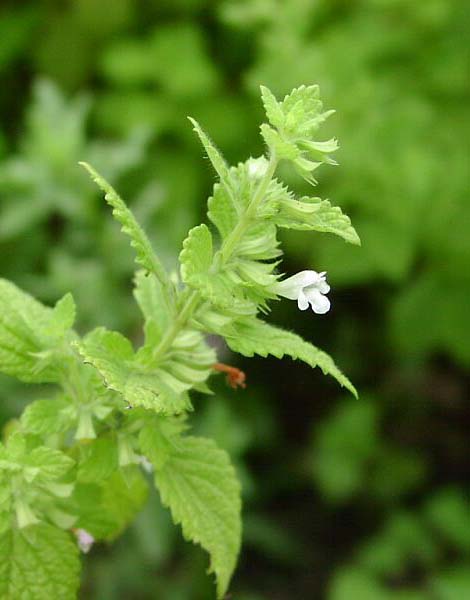
This small white, although they can also be a pale purple-flowered, perennial plant with its scalloped edged, oval leaves giving off a lemon scent. Although they can be cooked or dried, the leaves are best used fresh for a variety of things such as herb teas, salads, sauces and even vinegar.
Dried leaves can also be added to herb pillows and potpourris.
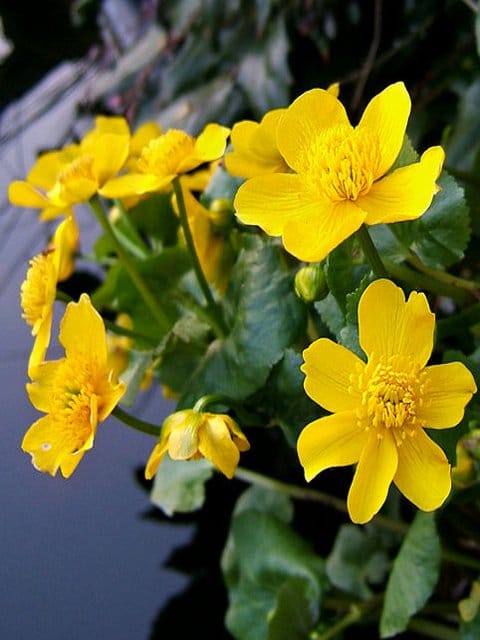
Also known as the Kingcup, these large brilliant golden flowers can be found in wet woodlands, marshes and ditches across Britain. They are bold perennials with succulent leaves. Numerous insects, including several species of Fly, visit the flowers for their nectar and pollen.
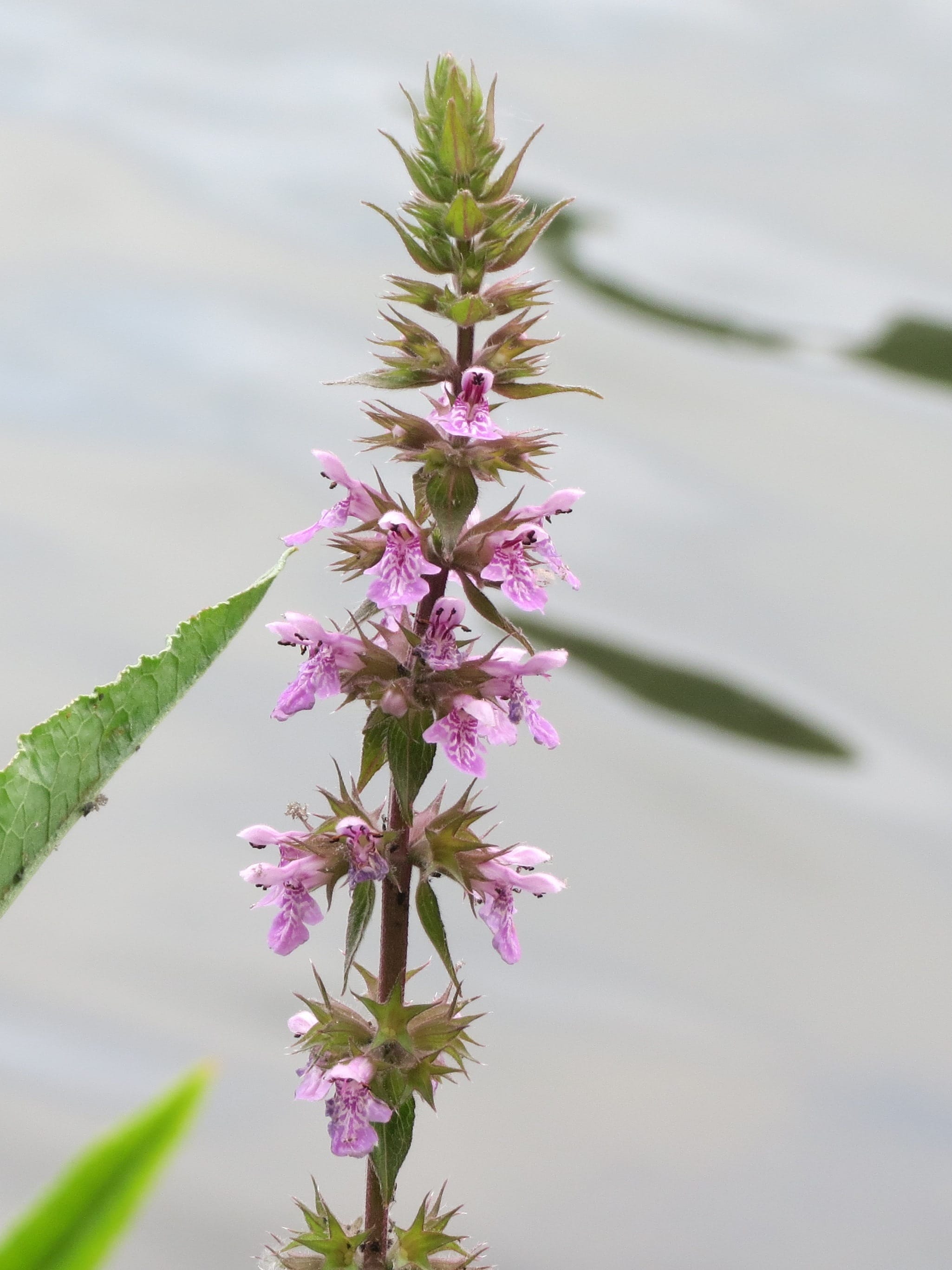
This attractive perennial plant most suited around the water's edge has 4-angled sparsely hairy stems with heart-shaped leaves at the base. The corolla is pale-purple/pink with dark spots on the lower lip.
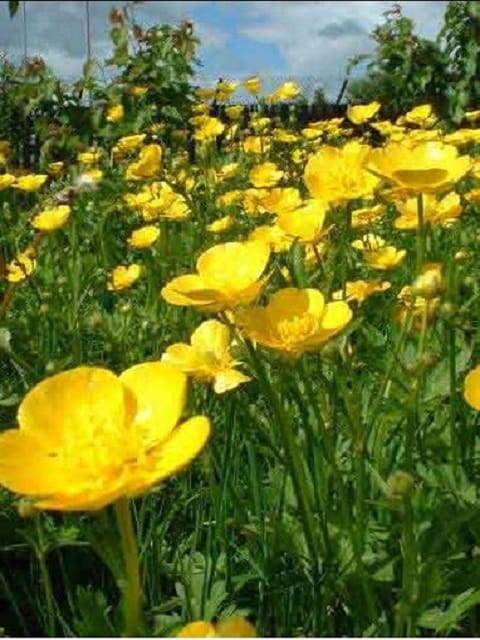
The most majestic of the three common Buttercup species native to Britain. Its pale yellow flowers are a familiar sight in traditional meadows and grasslands on damp soils. There is a species of Solitary Bee, which uses the flowers to sleep in.
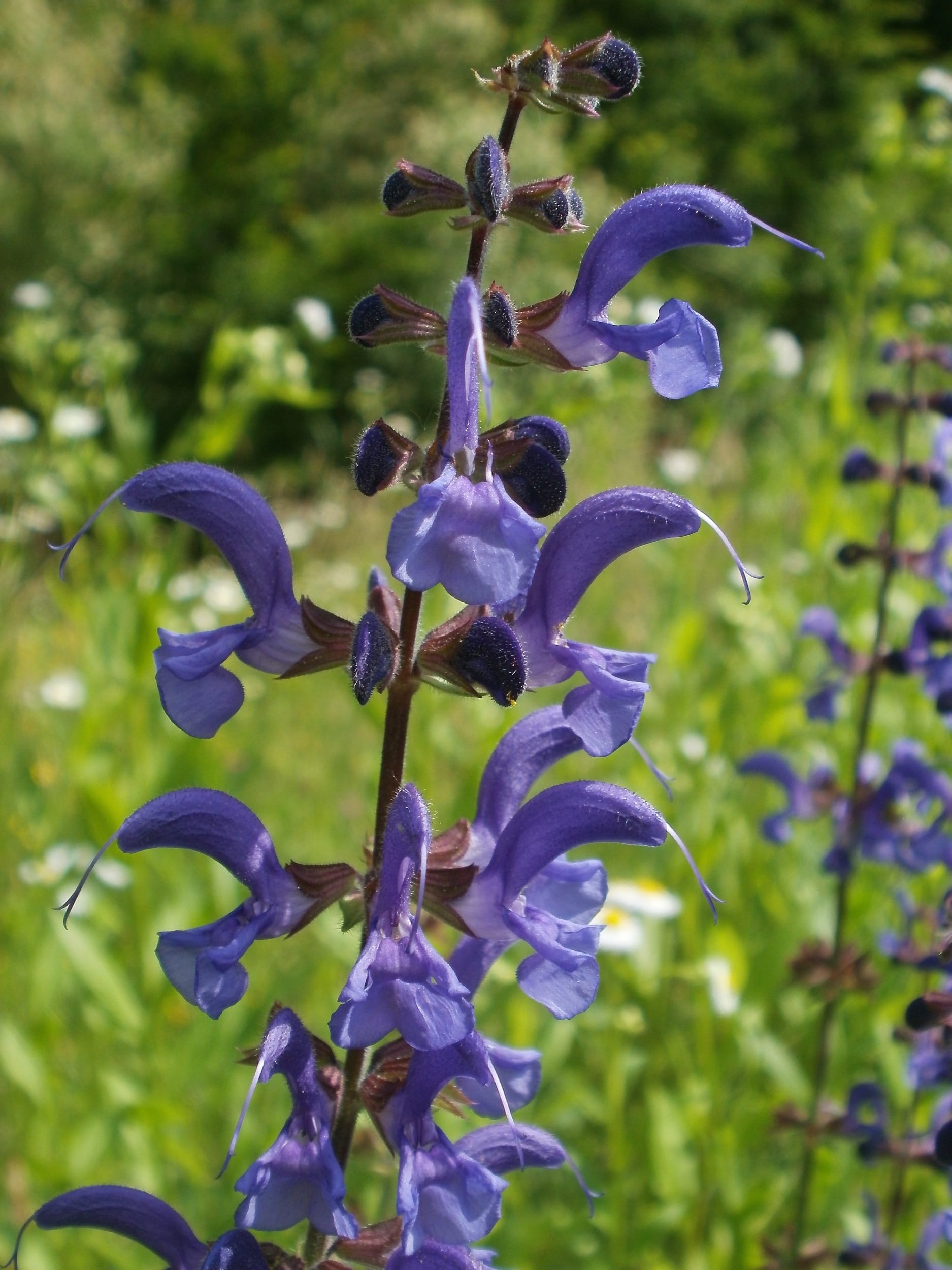
A soft hairy perennial that likes dry and grassy areas with unusual violet-blue flowers. This tall wildflower is a strong inclusion in a border or stands equally proud alone.
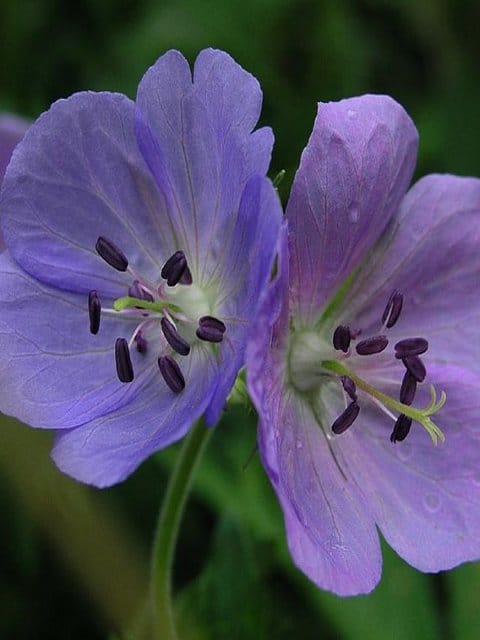
A locally common native perennial found on roadsides and in meadows. The large blue flowers are attractive to Bumblebees, Honey Bees and Solitary Wasps. It is particularly hardy and will compete with grasses. During the winter these plugs die back and are classed as dormant, they do not have any leaves on them.
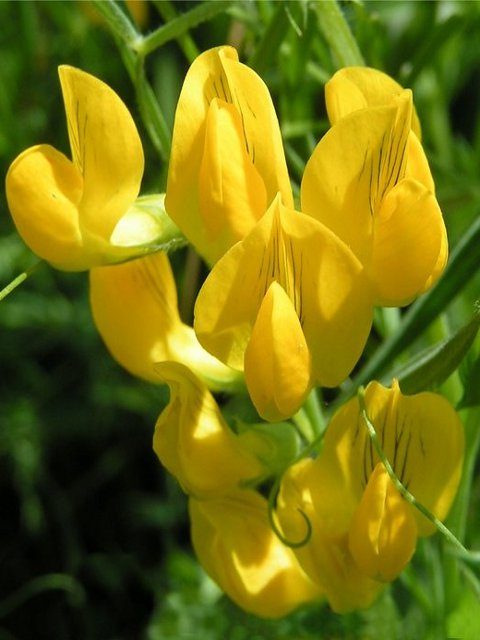
Also known as the "Meadow pea" this is a straggling perennial plant, that flowers in bright yellow flowers that are weakly scented. Good for use in meadows, woodland edges and shrubs.
This item is currently unavailable
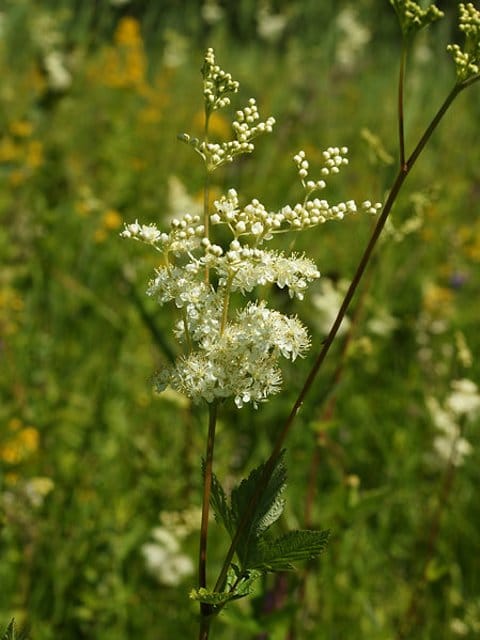
A common tall perennial found in damp meadows, ditches and river banks. Its fluffy cream flowers have a strong, heady, sweet aroma. In medieval times the plant was crushed and used as a pain relief as the chemicals it contains are similar to aspirin.
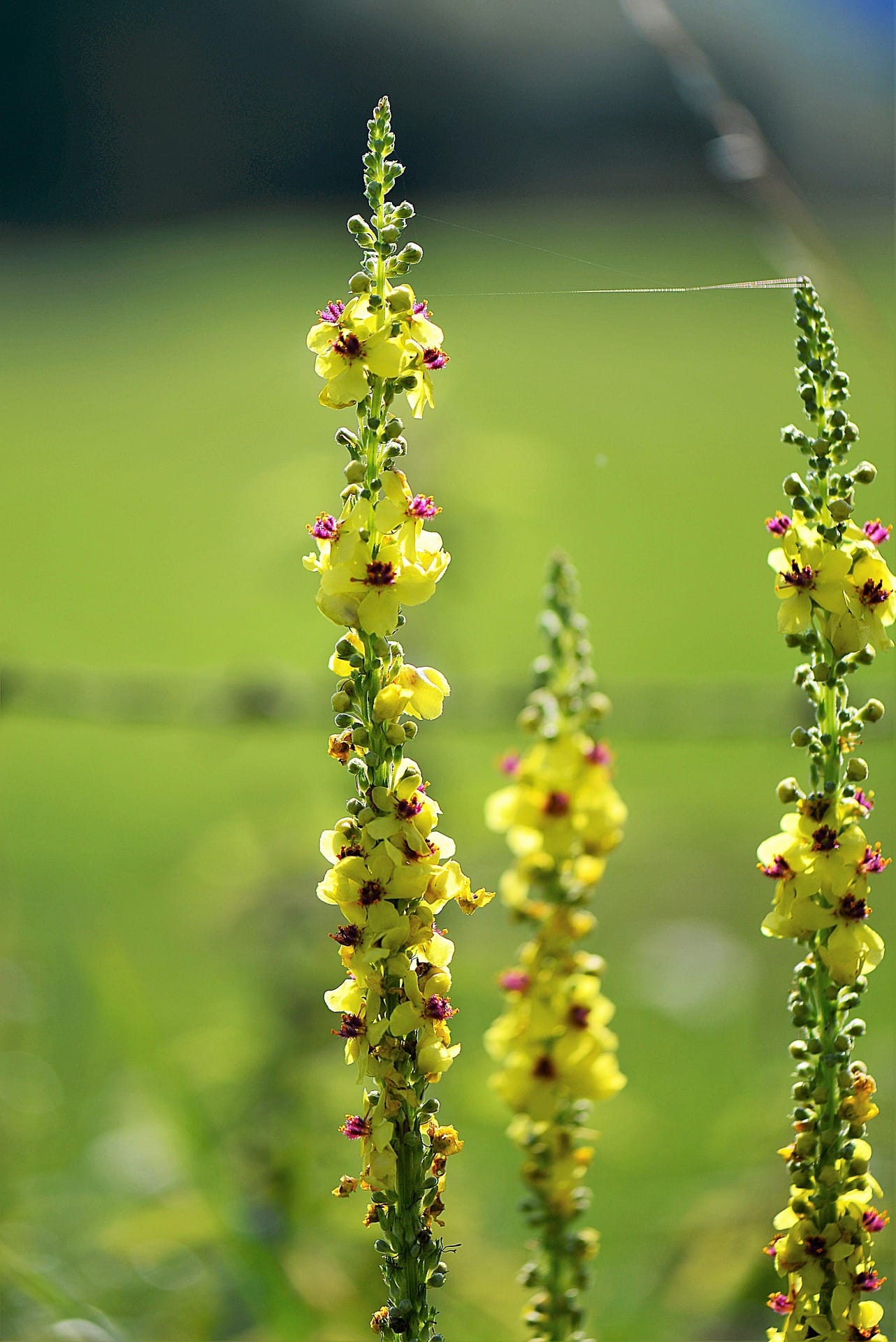
A biennial with yellow flowers often tinged with pale pink singly up the stalk. It grows well in borders and rockeries which are in a sunny position in poor soil conditions.
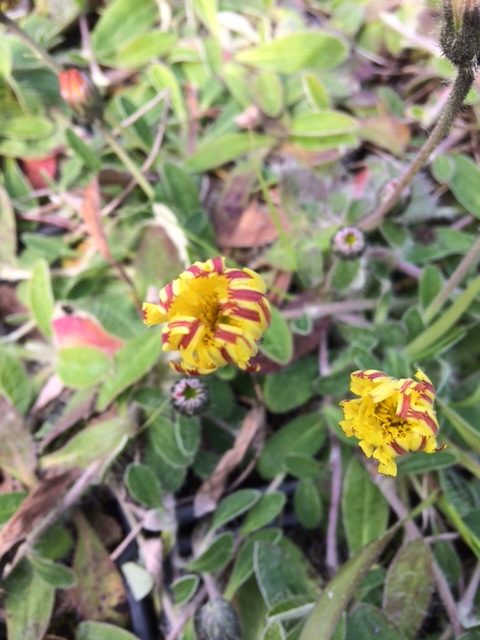
A perennial with lemon yellow flowers that have a red tinge on the outer edge. Pale green and slightly hairy leaves. Often found in dry grasslands and chalky soils such as clifftops, heaths, chalk downlands and sand dunes. As a herbal medicine Mouse-ear Hawkweed has been known to be used to treat respiratory infections.
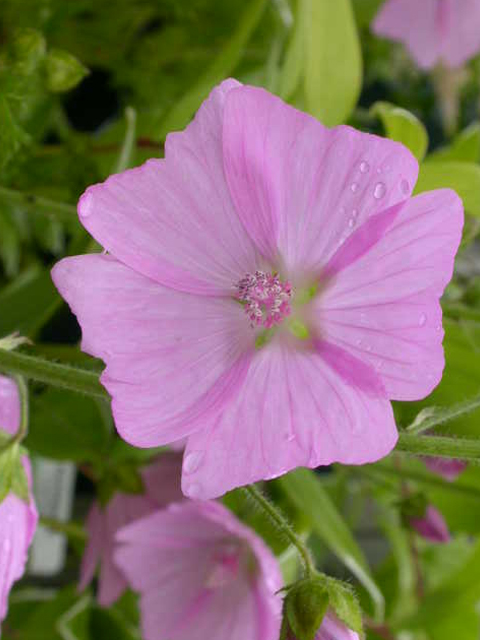
This perennial wildflower has beautiful, pretty pale pink flowers which are adored in all gardens and have a strong musky aroma, these are most suited to areas with full sun and well-drained soils.
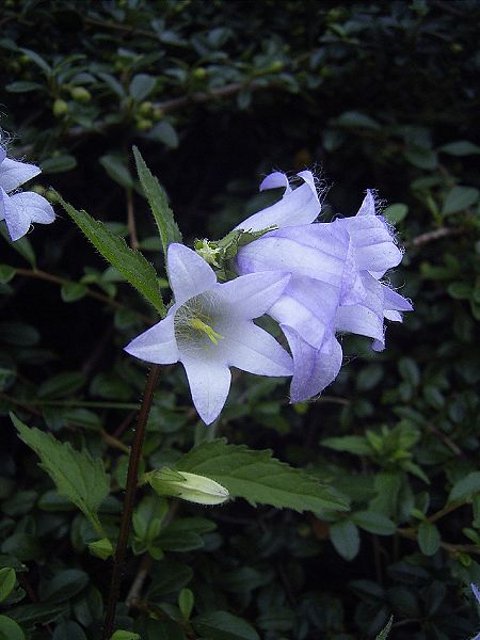
A tall, unbranched native perennial common across England. It is a plant of hedgerows and woodlands, also known as Bats in the Belfry due to the stamens looking like bats hanging the bell of a church steeple. This beautiful plant flourishes with bell-shaped flowers that are lilac in colour.
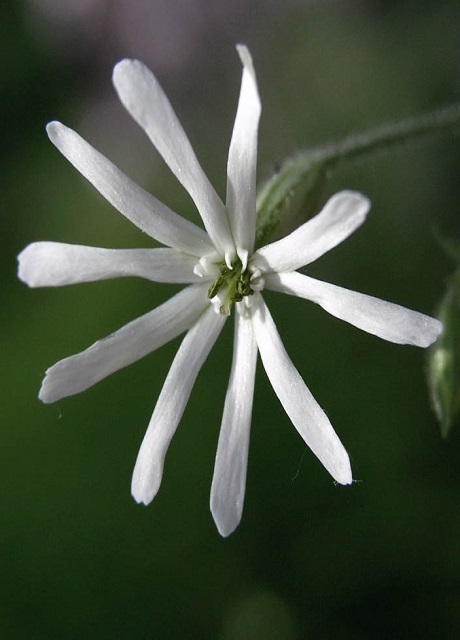
This white, delicate, drooping night-scented perennial flower is very attractive to moths and many other pollinators. These will blossom in well-drained soils and thrive in full sun.

Also known as Fox & Cubs these are an Orange wildflower of roadsides, hedgebanks and waste places. This perennial wildflower is often grown for ornamental purposes as the bright orange flowers are hugely appealing to pollinators.
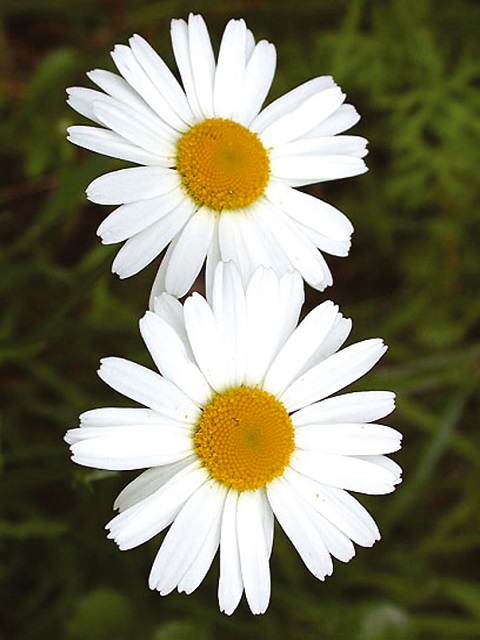
Often seen carpeting road verges and railway embankments with white and gold blooms. This common native perennial is also known as Moon Daisy or Dog Daisy and attracts butterflies, bees and other insects.
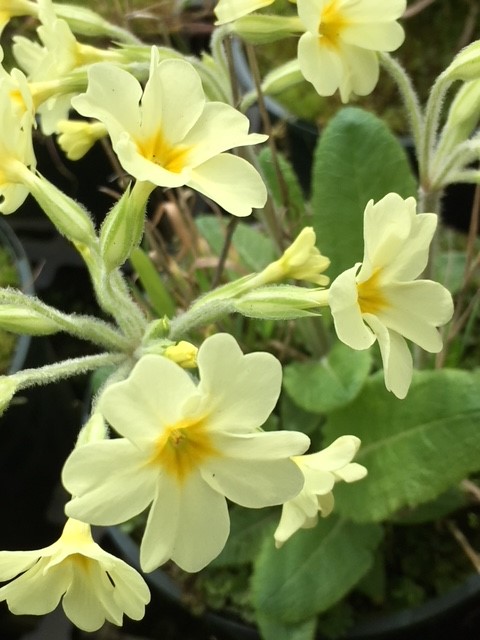
Perennial. The county flower of Suffolk, this early flowering nectar-rich plant its flowers are a pale yellow colour with five petals. When in flower they generally tend to face in the same direction and open out widely. Traditionally Oxlips has been used in herbal medicine to treat coughs and rheumatism.
This item is currently unavailable
.jpg)
Forming dense clumps of dark green foliage the tall stems droop with yellow catkin-like flowers that will sway in the breeze. Also known as weeping, drooping or hanging sedge.
This item is currently unavailable

Landlife Wildflowers grow and supply high-quality, native wildflower products, restoring wildflowers right across the UK. Working in conjunction with wildlife charity, Buglife, we’re bringing back Britain’s treasured wildflowers! Find out more about why we’ve been trusted by the general public, Natural England and The National Trust for over twenty years.

We’re proud to supply only the highest-quality, native wildflower products - tried, tested and refined by us for two decades to ensure each and every customer is delighted with their purchase. Find out more about our commitment to the supply of native, provenance-assured wildflower products to restore Britain’s natural wildflower habitats for bees, butterflies, birds and wildlife.

If you have any questions or would like to get in touch, our team of wildflower experts are on hand to guide you every step of the way. We love talking about wildflowers and the quality of our products, and are pleased to help with any enquiry, including how to establish wildflowers, product recommendations and even creating custom mixtures for specific projects.